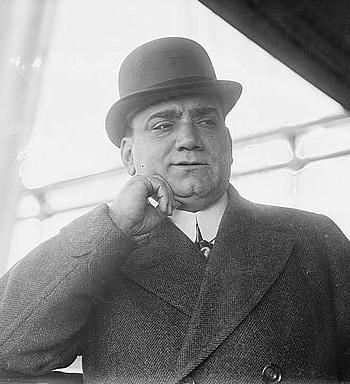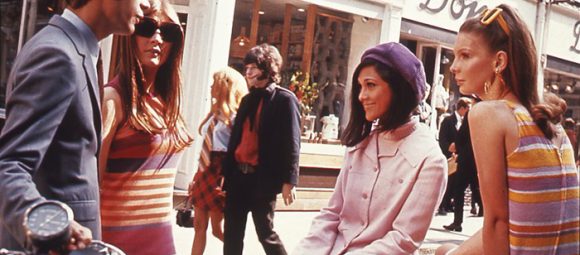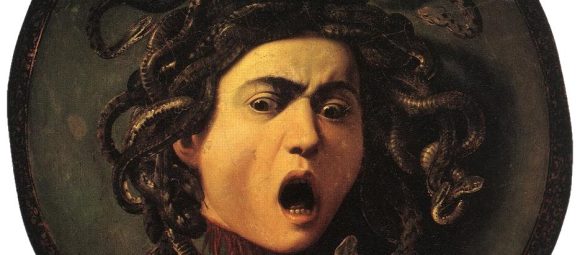Caruso: The Song That Made History Sing Again
When you hear the first few chords of “Caruso”, it’s more than just music — it’s an echo of lost grandeur, of love and longing, and of one man whose voice defined a generation. But who was Enrico Caruso, and why did an Italian pop ballad written decades after his death become a global anthem?
The Legend of Enrico Caruso
Enrico Caruso (1873–1921) was not only the most celebrated operatic tenor of his time — he was a phenomenon. Born into poverty in Naples, Caruso possessed a voice that transcended social class and national borders. By the early 20th century, he had become one of the first global celebrities, thanks to the phonograph. His recordings — from Puccini to Verdi — reached millions and turned opera into a popular art form.
He sang at La Scala, the Metropolitan Opera, and across the Americas, but his heart remained tethered to Naples, even though he faced criticism and even hostility in his native city.
Caruso died young, at just 48, yet his voice lives on in hundreds of early recordings, still able to stir souls more than a century later.

The Song “Caruso” — Written in Tears
The song “Caruso” was not written by Enrico Caruso himself, but by another Italian — singer-songwriter Lucio Dalla, in 1986. The legend goes that Dalla was staying at the Excelsior Vittoria Hotel in Sorrento, where Caruso had once spent his last days before passing away in Naples.
Moved by the view of the sea, and the emotional weight of Caruso’s story, Dallaimagined a final scene: the tenor, frail but full of passion, singing to a young woman — perhaps a daughter, perhaps a final muse — with the last strength in his voice.
“Te voglio bene assai,
Ma tanto tanto bene sai…”
(“I love you so much,
So very much, you know…”)
Though it’s not biographical in a strict sense, “Caruso” captures the emotional truth of Caruso’s life: passion, exile, artistic genius, and devotion. Dalla’s blend of Neapolitan dialect, operatic phrasing, and modern balladry created something new — a musical resurrection.
A Global Hit with a Classical Soul
“Caruso” was an instant classic. Since its release, it has been covered by Luciano Pavarotti, Andrea Bocelli, Julio Iglesias, Lara Fabian, and many others. Each performance adds a new layer to the myth.
It is perhaps the only pop song that feels like an aria and moves like a poem. Whether sung in a grand concert hall or in the streets of Naples, “Caruso” connects the past with the present — turning a man into a myth, and a song into memory.
In an age of digital everything, “Caruso” reminds us of the power of voice, memory, and place. It is a love song, but also a lament. A farewell, but also a legacy.
For a first entry in our History section, we couldn’t have chosen a better subject. Because history isn’t only about dates and wars. Sometimes, it’s a song that never stops singing.
Listen to “Caruso” Across Generations:
You could also include a Spotify embed if you’re using multimedia posts:



